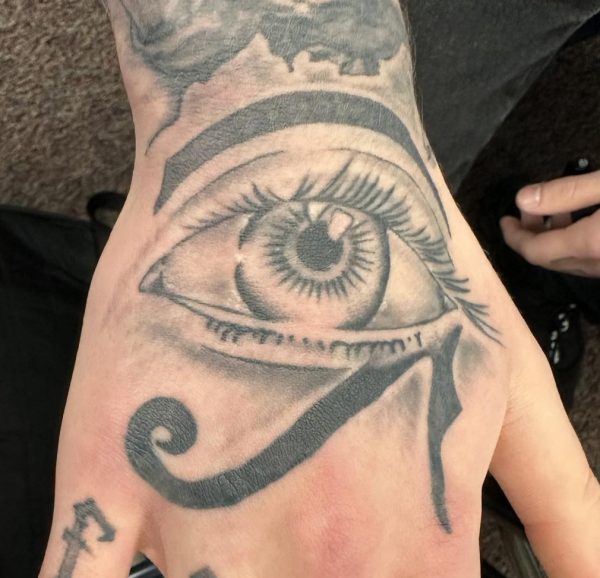Vaping: The Cloudy Truth
October 7, 2019
E-cigarettes have been around since 2003. Invented by a Chinese scientist by the name of Hon Lik, electronic vaping mechanisms became a remedy to end the smoking epidemic.
However, the original purpose of these mechanisms was commandeered by today’s youth. As scientists observed the decrease of teen smoking rates, they were unaware of the new, foreign, and mysterious epidemic presenting itself to the public.
As of today, September 27th, 2019, 12 people have died from vaping related complications. 508 have fallen ill. The media has latched on to these facts and produced one of the largest public safety scares of our lifetime. But are the facts accurate? The answer, in as few words as possible, is:
We cannot be sure.
We will start with what we know to be true. Vaping companies are targeting teens, most of which are at risk.
English teacher Mrs. West said “vaping targets all teens, not just the standard definition of at-risk kids,”.
She’s right. That is a fact. If vapes were only targeted to assist adults in their battle against addiction, they wouldn’t be pink, sparkly, and spattered with designs. Senior Sam Blair has his own opinions on the vaping companies and their effect on youth.
“[The vape companies] are targeting all people, wanting them to seem ‘cuul’,” said Blair.

Whatever the reason, masses of teens, and younger, are addicted. Because of the popularity of these devices, the media has turned them into a boogeyman for all the recent deaths and hospitalizations. But are they worthy of this charge?
Possibly.
If you are not familiar with the chemical vitamin E acetate, acquaint yourself. For more information on this chemical, click this link https://en.wikipedia.org/wiki/Tocopheryl_acetate
A recent study done by the US Food and Drug Administration found that most, if not all of the deaths and illnesses could be related to vitamin E acetate. This is the chemical used in cartridges that contain THC. In fact, if you deep dive into the reports of those who have lost their lives due to vaping, you’ll find that it wasn’t solely vaping devices that catalyzed their life-ending illness. It was the act of vaping marijuana.
The media wishes not to share this information. However, the effects of this public health scare may be more dangerous than the vaping epidemic itself. Teens are turning to smoking real cigarettes, as they are still hooked on nicotine. And though vapes have presented themselves as deadly machines, they have not been proven to be more dangerous than cigarettes.
It appears than many would rather face the inevitable effects of tobacco cigarettes than face the unknown consequences of e-cigarettes.
“I fear the long term health effects that we don’t yet understand,” said Mrs. West. While her fear is rational, there have been no health scares or outbreaks relating to salt-based e-juices that do not contain vitamin E acetate. Many former smokers now partake in the use of mods, or larger vaping mechanisms that have refillable tanks.
There is no proof to support the statement that vaping is not dangerous. However, more research should be done before scaring youth into quitting cold turkey, thus making them more susceptible to cigarettes, chewing tobacco, and other mediums containing nicotine.
The issue with teen nicotine addictions is that they are treated as a rebellious act rather than an addiction. Millions of adults face the largest challenge of their lives when attempting to slash their nicotine addiction.
“I think it’s transferred from a rebellious act into an addiction,” said Blair.
Thus, the question is presented: how do we stop this epidemic? While many, including Blair, think that all vaping devices should be outlawed, many believe that the answer isn’t so simple. This, perhaps, is the most frightening mystery of all.
If you or a loved one is addicted to vaping, I encourage you to reach out and get help. You can get help from your personal care provider, local therapists, and may publicly ran websites.
Smokefree.gov is a website launched by the government to help squash teen nicotine use.










